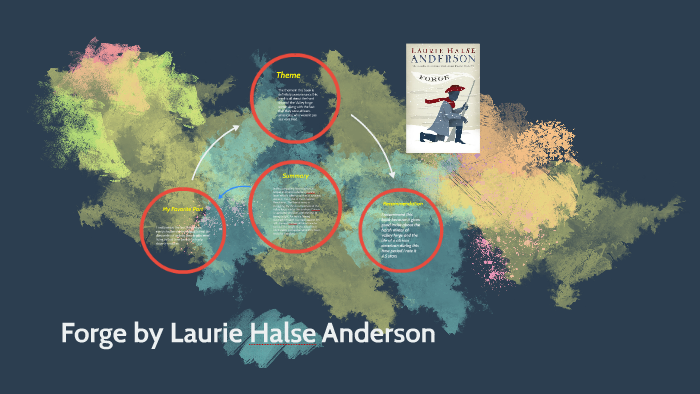

As a result, Forge not only represents the encampment, but also the notion of building relationships, a brotherhood, a nation and, most importantly, freedom for all.įans of historical fiction will delight in the lengthy appendix, which provides more information about the author’s research, true events at Valley Forge, African-American soldiers and the real-life historical figures who make an appearance in the story, such as George Washington, Nathanael Greene and Benedict Arnold. As in Chains, the ideal of freedom is frequently questioned: Curzon prepares to fight for freedom-but for whose freedom?Īn escalating series of twists and turns forces Curzon down more paths that may affect his freedom. He remains tentatively protected as long as Eben’s uncle is in charge, but the sergeant’s demise brings new dilemmas to the African-American soldier’s already tenuous situation. In addition to these atrocities, Curzon must contend with constant racism. With meticulous detail and gripping insight, enhanced by chapter headings with quotes from primary source documents, Laurie Halse Anderson presents the brutal conditions-tattered clothes, starvation, frost bite, disease and leaky huts built by hand with pure sweat and few tools-that tested soldiers’ spirits during the Revolutionary War. He enlists in the Patriot army and marches with his comrades to Valley Forge as the end of 1777 approaches. His solitary situation doesn’t last long, however.Ĭurzon unexpectedly saves the life of Ebenezer Woodruff, a young rebel soldier in the Sixteenth Massachusetts Regiment and nephew of the regiment’s commanding sergeant. Rescued from a New York prison by fellow slave Isabel at the conclusion of the first novel, Curzon is left on his own when Isabel sneaks away to locate her younger sister in South Carolina.

In Forge, the highly anticipated sequel to National Book Award finalist Chains, runaway slave Curzon finds himself alone.


 0 kommentar(er)
0 kommentar(er)
